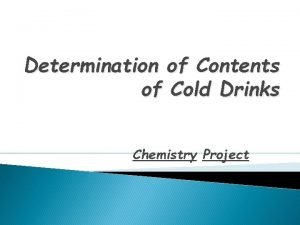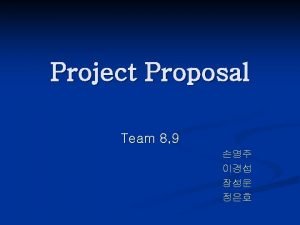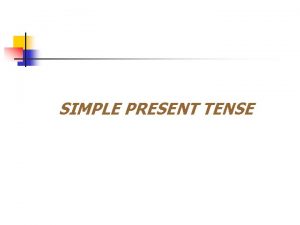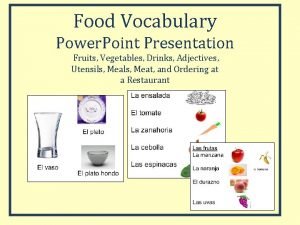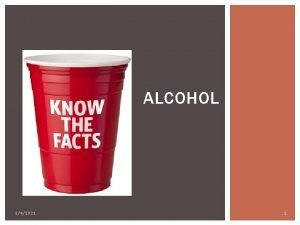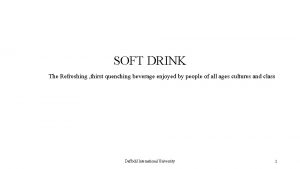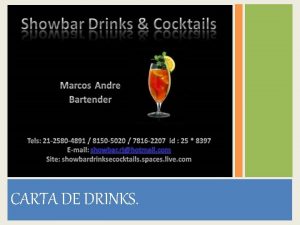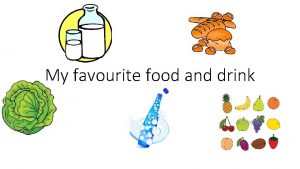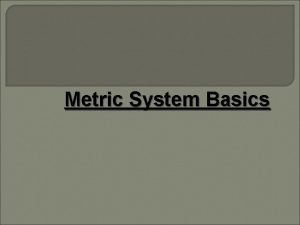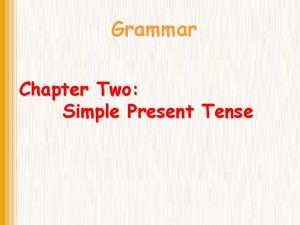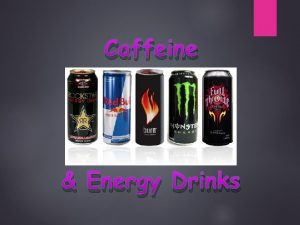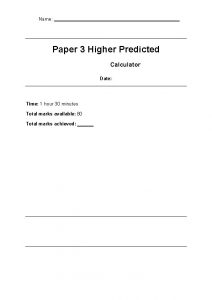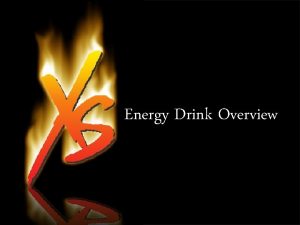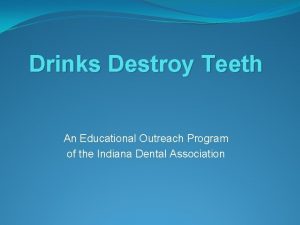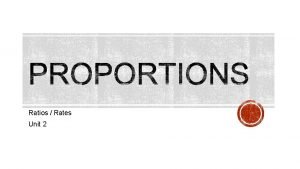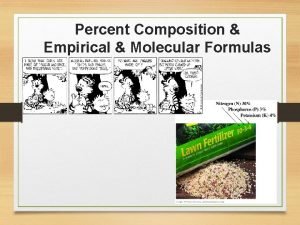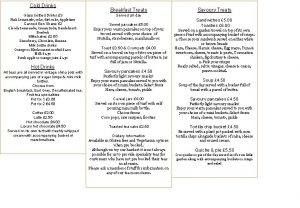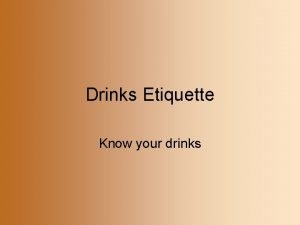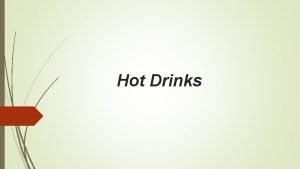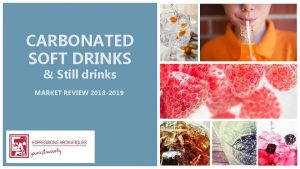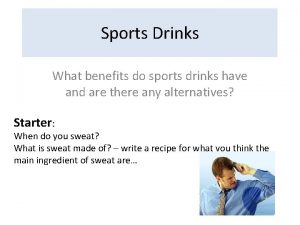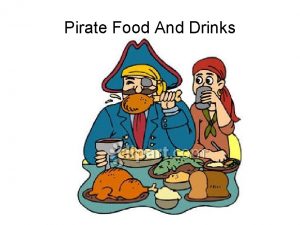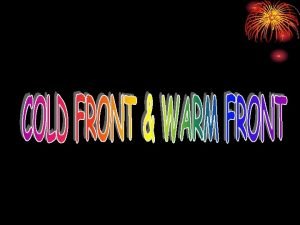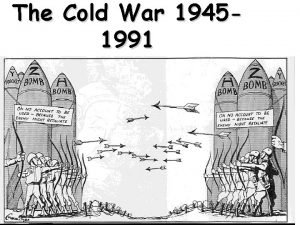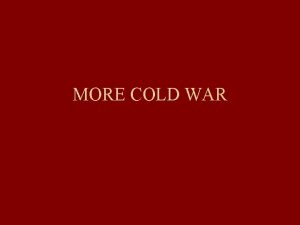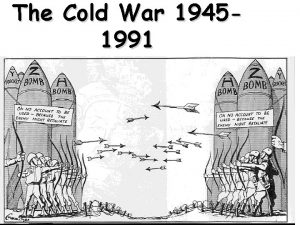Determination of Contents of Cold Drinks Chemistry Project

































- Slides: 33

Determination of Contents of Cold Drinks Chemistry Project

Determination Of The Contents Of-Cold Drinks-

Certificate This is hereby to certify that the original and genuine investigation work has been carried out to investigate about the subject matter and the related data collection and investigation has been completed solely, sincerely and satisfactory by regarding his project titled “DETERMINARION OF THE CONTENTS OF COLD DRINKS”. Signature Teacher’s

Acknowledgement It would be my utmost pleasure to express my sincere thanks to my chemistry teacher Mr. ---Sir in providing a hand in this project. His valuable guidance, support and supervision all through this project are responsible for attaining its present form. I would also like to thank my parents who encouraged me to put forward my project.

Contents 1. 2. 3. 4. 5. 6. 7. 8. 9. 10. 11. 12. 13. 14. Introduction Theory Aim Apparatus Chemicals Required Detection of p. H Test for Carbon Dioxide Test for Glucose Test for Phosphate Test for Alcohol Test for Sucrose Result Precautions Conclusion

Introduction The era of cold drinks began in 1952 but the industrialization in India marked its beginning with launching of Limca and Gold spot by parley group of companies. Since, the beginning of cold drinks was highly profitable and luring, many multinational companies launched their brands in India like Pepsi and Coke. Now days, it is observed in general that majority ofpeople viewed Sprite, Fanta and Limca to give feeling of lightness, while Pepsi and Thumps Up to activate pulse and brain.

Theory Cold drinks of different brands are composed of carbohydrates, carbon dioxide, phosphate ions etc. These soft drinks give feeling of warmth, lightness and have a tangy taste which is liked by everyone. Carbon dioxide is responsible for the formation of froth on shaking the bottle. The carbon dioxide gas is dissolved in water to form carbonic acid which is also responsible for the tangy taste. Organic compounds and are major source of energy to our body. General formula of carbohydrates is CX (H 2 O)Y.

On the basis of their molecule size carbohydrates are classified as: Monosaccharide, Disaccharides and Polysaccharides. Glucose is a monosaccharide with formula C 6 H 12 O 6. It occurs in Free State in the ripen grapes in bones and also in many sweet fruits. It is also present in human blood to the extent of about 0. 1%. Sucrose is one of the most useful disaccharides in our daily life. It is widely distributed in nature in juices, seeds and also in flowers of many plants. The main source of sucrose is sugar cane juice which contain 15 -20 % sucrose and sugar beet which has about 10 -17 % sucrose. The molecular formula of sucrose is C 12 H 22 O 11. It is produced by a mixture of glucose and fructose. It is nonreducing in nature whereas glucose is reducing. Cold drinks are a bit acidic in nature and their acidity can be measured by finding their p. H value. The p. H values also depend upon the acidic contents such as citric acid and phosphoric acid.

Aim Comparative Study and Qualitative Analysis of different brands of Cold Drinks available in market.

Apparatus 1. 2. 3. 4. 5. 6. 7. 8. 9. 10. 11. Test Tubes Test Tube Holder Test Tube Stand Stop Watch Beaker Bunsen Burner p. H Paper Tripod Stand China Dish Wire Gauge Water Bath

Chemicals Required 1. 2. 3. 4. 5. 6. 7. 8. Iodine Solution Potassium Iodide Sodium Hydroxide Lime Water Fehling’s A & B Solution Concentrated Nitric Acid Benedict Solution Ammonium Molybdate

Detection Of p. H Experiment : - Small samples of cold drinks of different brands were taken in a test tube and put on the p. H paper. The change in colour of p. H paper was noticed and was compared with standard p. H scale.

Observation Sr. No. Name Of The Drink Colour Change p. H Value 1. Coca Cola Pinkish 2 -3 2. Sprite Dark Orange 3 3. Limca Light Orange 4 4. Fanta Orange 2 -3

Inference Soft Drinks are generally acidic because of the presence of citric acid and phosphoric acid. p. H values of cold drinks of different brand are different due to the variation in amount of acidic content.

Test For Carbon Dioxide Experiment : As soon as the bottles were opened, one by one the samples were passed through lime water. The lime water turned milky.

Observation Sr. No. Name Of The Drink Time Taken (sec) Conclusion 1. Coca cola 30 CO 2 IS PRESENT 2. Sprite 34 CO 2 IS PRESENT 3. Limca 28 CO 2 IS PRESENT 4. Fanta 35 CO 2 IS PRESENT

Inference All the cold drink contain dissolved carbon dioxide in water. The carbon dioxide dissolves in water to form carbonic acid, which is responsible for tangy taste in cold drinks. Chemical reaction : Ca(OH)2 (s) + CO 2 (g) → Ca. CO 3 (s) + H 2 O(l)

Test For Glucose Experiment : - Glucose is a reducing sugar acid. Its presence is detected by the following test: - 1. Benedict’s Reagent Test Small samples of cold drinks of different brands were taken in a test tube and a few drops of Benedict’s reagent were added. The test tube was heated for few seconds. Formation of reddish color confirmed the presence of glucose in cold drinks.

Observation Sr. No. Name of cold drink Observation Conclusions 1. Coca cola Reddish Colour Precipitate Glucose is present 2. Limca Reddish Colour Precipitate Glucose is present 3. Sprite Reddish Colour Precipitate Glucose is present 4. Fanta Reddish Colour Precipitate Glucose is present

Inference All the samples gave positive test for glucose with Benedict’s reagent. Hence all the drinks contain glucose. 2. Fehling’s Solution Test Small samples of cold drinks of different brands were taken in a test tube and a few drops of Fehling’s A solution and Fehling’s B solution was added in equal amount. The test tube was heated in water bath for 10 minutes. Appearance of brown precipitate confirmed the presence of glucose in cold drinks.

Observation Sr. no. Name of cold drink Observation Conclusion 1. Coca cola Reddish Brown Precipitate Glucose is present 2. Limca Reddish Brown Precipitate Glucose is present 3. Sprite Reddish Brown Precipitate Glucose is present 4. Fanta Reddish Brown Precipitate Glucose is present

Inference All the soft drinks samples gave positive test for phosphate ions. Hence all the cold drinks contain phosphate.

Test For Alcohol Experiment : - Small samples of each brand of cold drinks were taken in separate test tubes and Iodine followed by Potassium Iodide and Sodium Hydroxide (Na. OH) solution was added to each test tube. Then the test tubes were heated in hot water bath for 30 minutes. Appearance of yellow coloured precipitate confirmed the presence of alcohol in cold drinks.

Observations Sr. no. Name of cold drink Observation Conclusion 1. Coca cola Yellow Precipitate Alcohol is present 2. Limca Yellow Precipitate Alcohol is present 3. Fanta Yellow Precipitate Alcohol is present 4. Sprite Yellow Precipitate Alcohol is present

Inference All the cold drinks samples gave positive test for alcohol. Hence all the cold drinks contain alcohol. Chemical Reaction: CH 3 CH 2 OH + 4 I 2 + 6 Na. OH → CHI 3 + HCOONa + 5 Na. I + 5 H 2 O

Test for Sucrose Experiment : 5 ml samples of each brand of cold drinks were taken in separate china dishes and were heated very strongly until changes occur. Black coloured residue left confirmed the presence of sucrose in cold drinks.

Observation Sr. no. Name of cold drink Observation Conclusion 1. Coca cola Black Residue Sucrose is Present 2. Sprite Black Residue Sucrose is Present 3. Fanta Black Residue Sucrose is Present 4. Limca Black Residue Sucrose is Present

Inference All the brands of cold drinks contain sucrose. But amount of sucrose varies in each brand of drink. Fanta contains highest amount of sucrose.

Result After conducting several tests, it was concluded that the different brands of cold drinks namely: 1. Coca Cola 2. Sprite 3. Limca 4. Fanta � All contains glucose, alcohol, sucrose, phosphate and carbon dioxide. All cold drinks are acidic in nature. On comparing the p. H value of different brands Coca Cola is the most acidic and Limca is least acidic of all the four brands taken. � Among the four samples of cold drinks taken, Sprite has the maximum amount of dissolved carbon dioxide and Fanta has the minimum amount of dissolved carbon dioxide.

Precautions Some of the precautions which need to be taken care of are – 1. Concentrated solutions should be handled with immense care. 2. Hands should be washed thoroughly after performing each experiment. 3. If possible, one should wear hand gloves to prevent from any possible damage. 4. If chemicals come into contact with your skin or eyes, flush immediately with copious amounts of water.

Conclusions – Disadvantages of cold drink 1. Soft drinks are little more harmful than sugar solution. As they contain sugar in large amount which cause problems in diabetes patients. 2. Soft drinks can cause weight gain as they interfere with the body’s natural ability to suppress hunger feeling. 3. Soft drinks have ability to dissolve the calcium so they are also harmful for our bones. 4. Soft drinks contain “phosphoric acid” which has a p. H of 2. 8.

USES OF COLD DRINKS 1. Cold drinks can be used as toilet cleaners. 2. They can remove rust spots from chrome car hampers. 3. They clean corrosion from car battery terminals. 4. Soft drinks are used as an excellent ‘detergent’ to remove grease from clothes. 5. They can loose a rusted bolt.

Bibliography Following books and websites were a source for my project : 1 Comprehensive Chemistry Lab Manual 2 www. Google. com 3 www. Wikipedia. com 4 www. Icbse. com
 Bibliography for chemistry project
Bibliography for chemistry project Outcropping muscles
Outcropping muscles Welcome 1 unit 10 lesson 1
Welcome 1 unit 10 lesson 1 Table of contents in project proposal
Table of contents in project proposal The columbian exchange graphic organizer
The columbian exchange graphic organizer Simple present form of drink
Simple present form of drink King henry died drinking chocolate milk
King henry died drinking chocolate milk King henry does drink chocolate milk
King henry does drink chocolate milk Monster energy drink target market
Monster energy drink target market Master kong beverages
Master kong beverages New world drinks columbian exchange
New world drinks columbian exchange Food vocabulary powerpoint
Food vocabulary powerpoint New venture fitness drinks
New venture fitness drinks Drinks per hour chart
Drinks per hour chart Fizzy drinks
Fizzy drinks Simple past of arise
Simple past of arise What sally said theme
What sally said theme Drinks com absinto
Drinks com absinto Drinks per hour
Drinks per hour Turkish alcoholic beverages
Turkish alcoholic beverages My favorite food and drinks
My favorite food and drinks King henry drinks dark chocolate milk
King henry drinks dark chocolate milk Izze drinks target
Izze drinks target New venture fitness drinks concept statement
New venture fitness drinks concept statement New venture fitness drinks concept statement
New venture fitness drinks concept statement Nature drinks wants to combine orange juice
Nature drinks wants to combine orange juice Always in present simple
Always in present simple Why do people drink energy drinks
Why do people drink energy drinks Tudors food
Tudors food Sami asked 50
Sami asked 50 Xs energy drink history
Xs energy drink history Drinks destroy teeth
Drinks destroy teeth A clydesdale drinks about 120 gallons
A clydesdale drinks about 120 gallons What is the acid found in soft drinks ?
What is the acid found in soft drinks ?
